All about the sand
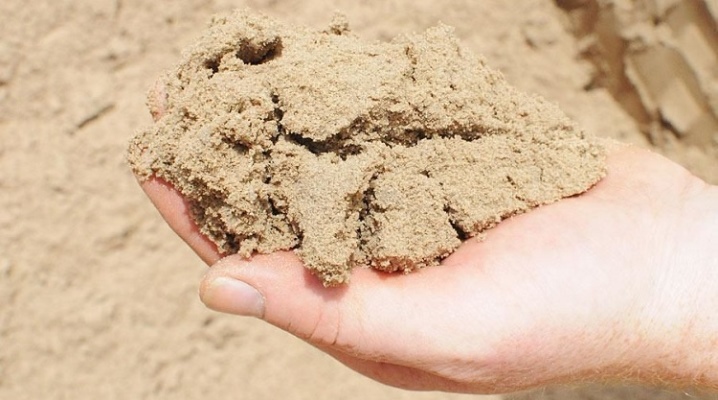
Sand is a unique material created in natural conditions and is a loose sedimentary rock. Thanks to its unsurpassed qualities, free-flowing dry mass is widely used in the construction industry. The quality of the sand is largely reflected in the reliability and durability of any buildings.
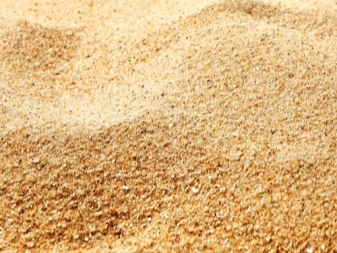
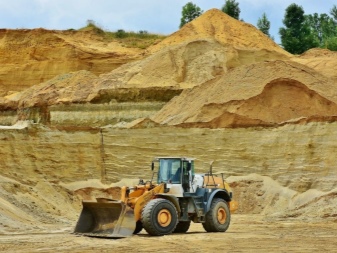
Peculiarities
The visual characteristics of sand are influenced by the conditions of its formation. As a generalizing characteristic, one can call its structure - round or angular particles 0.1-5 mm in size. The main visual differences are determined by particle color and fraction. The quality indicators and natural properties of the rock in question are also corrected by the conditions of its origin. Graphically on the relief map, the mineral is indicated by small dots.
The material in question is classified as inorganic. It does not interact at the chemical level with the components of building mixtures, contains particles of rocks (pointed or rounded). Grains with a circumference of 0.05 to 5.0 mm appear as a result of destructive and transformative processes occurring on the surface of the Earth.
Ordinary sand is a molecule of silicon dioxide with a minimum of iron and sulfur impurities, a small proportion of calcium, interspersed with gold and magnesium.
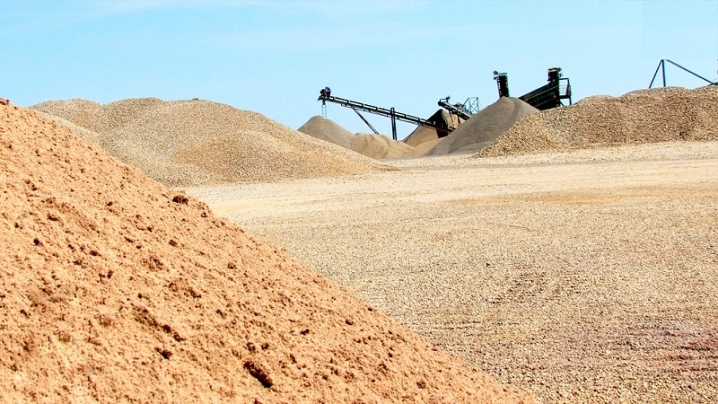
To determine the suitability of the bulk mass for construction tasks, you need percentage data for all the chemical and mineral substances in the composition. Chemical components affect the visual characteristics of the free-flowing mineral mass, which can be of different colors - from white to black. The most common in nature is yellow sand. Red sands (volcanic) are quite rare. Green sand (with inclusions of chrysolite or chlorite-glauconite) is also rare.
The black sand masses are dominated by magnetite, hematite, orange and colored sands. If chemical elements make up a large percentage in the formula of a substance, then it will be unsuitable for most construction work. For construction, granular sand with a high quartz content is most suitable. It is distinguished by good strength, which significantly extends the service life of any structures.

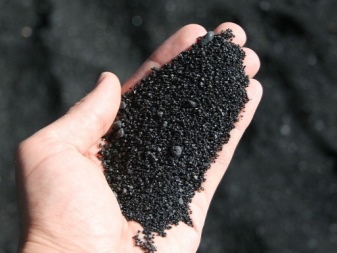
Views
The varieties of sand are divided both according to the places of its formation, and according to the method of extraction.
Nautical
It is obtained by a non-metallic method with the participation of hydraulic shells. The purified material is suitable for use for solving certain construction tasks, for example, for obtaining concrete compositions and ready-made fine-grained mixtures. However, the extraction of this type of sand is a difficult task, therefore mass production has not been established.

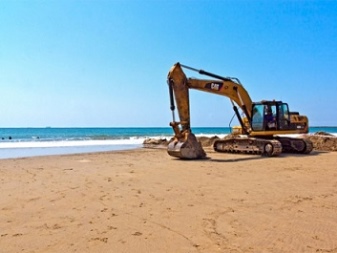
River
Differs in a high level of cleaning. The composition does not contain clay impurities and foreign inclusions. The place of extraction of sedimentary rock is the river bottom in the channel. The particles of such sand are quite small (1.5-2.2 mm), oval, yellow or gray in color. Due to the lack of clay, the material is considered a very effective component for mixing building compounds.
The only drawback lies in the high purchase price, so the river species is often replaced by a cheap quarry analogue.
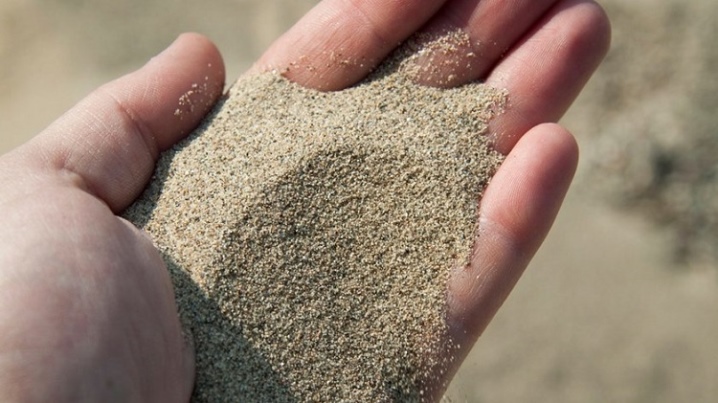
Career
In such sand, foreign inclusions are less than 10%. Its color is mainly yellow, but there are tones that are lighter or darker, depending on the additives. The grain is porous, slightly rough - these characteristics provide the desired quality of adhesion to the cement components. The density of the material is equal to the specific gravity. With regard to the degree of filtration, it is approximately 7 m (indicates the quality of water transmission). The minimum coefficient is 0.5 m per day (depending on the fraction and the available impurities).
The moisture content of the quarry sand is about 7%. An increased background of radioactivity is noted. Ideally, such sand does not contain more than 3% organic matter. Moreover, the amount of sulfides and sulfur is not more than 1%.
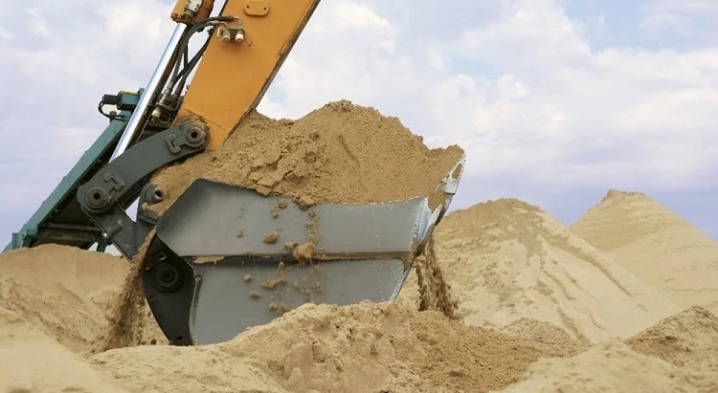
Artificial
The uneven arrangement of places where natural sands are mined has led to the development of enterprises for the development of a similar artificial substitute, which is divided into classes depending on the chemical composition and feedstock, crushed to the required fraction.
- Shredded. Artificial dry sand replacement is used in acid-resistant and decorative compositions.
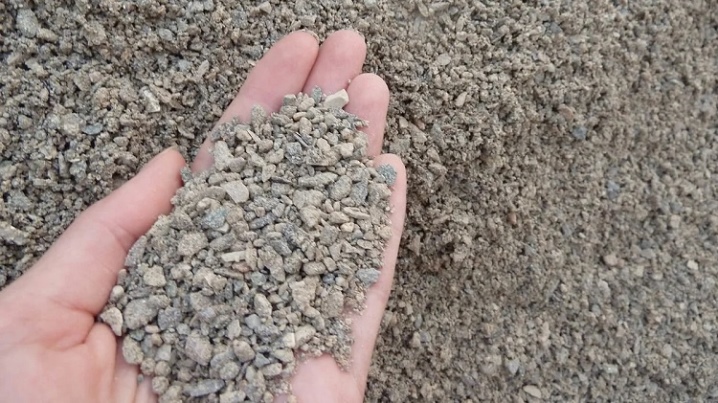
- Expanded clay. Used for thermal insulation.
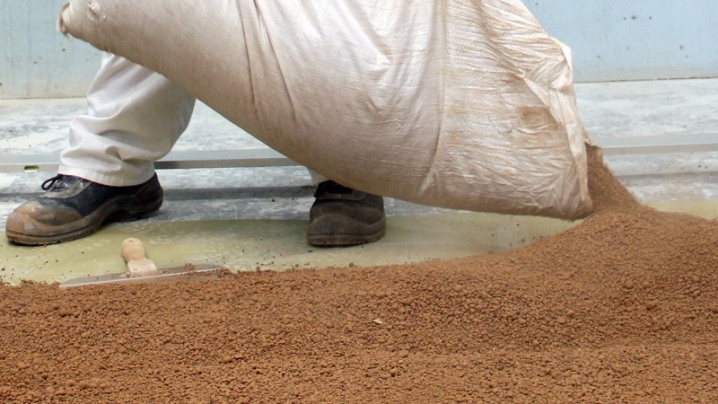
- Agloporite. Raw materials containing clay.
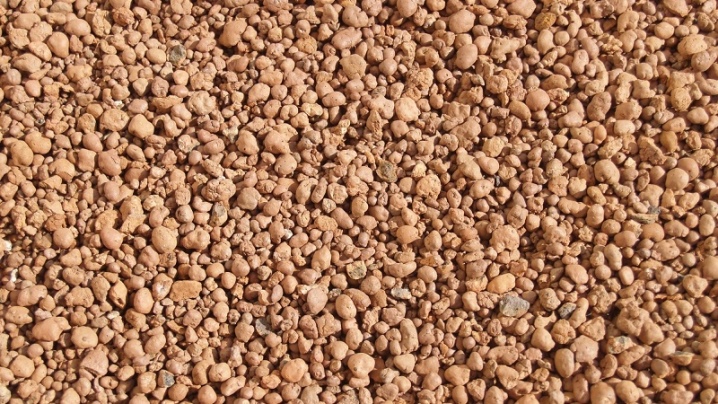
- Perlite. Material obtained during heat treatment of glass chips of volcanic origin - obsidians, perlites. A white or grayish product is used in the manufacture of insulation products.
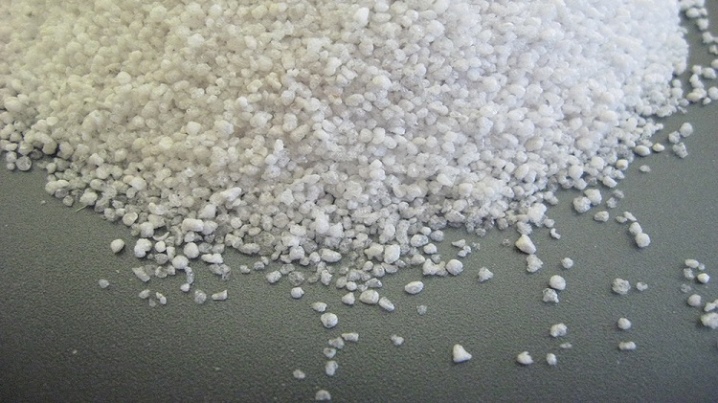
- Quartz (or "white sand"). This type of artificial sand gets its second name because of its typical milky color. Although more common is a product made from quartz with yellowness, containing a small amount of clay.
This material is often used for decorative purposes. It has quality indicators and properties suitable for finishing work.
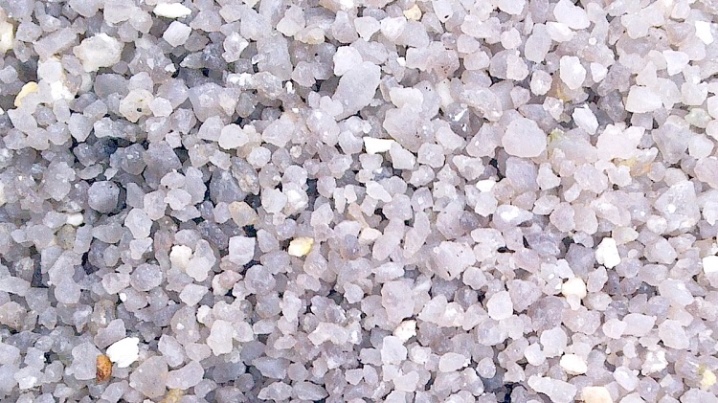
Washed
It is extracted using a large water volume and a special hydromechanical device - a decanter. The mass is settled in water, and impurities are washed out. The material in question is fine-grained - its particles have a size of no more than 0.6 mm.
Washing technology makes it possible to obtain a mass of fine fraction without inclusions of clay and dust particles. It is a pure type of sand that cannot be substituted for anything in building materials.
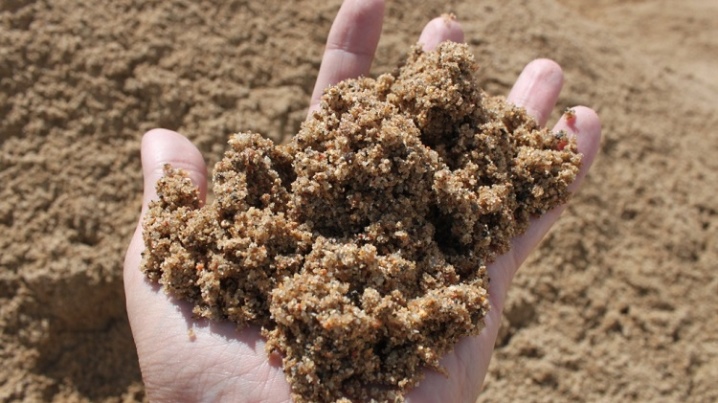
Sieved
The rock processing is carried out with the assistance of special equipment. The loose mass is sieved from foreign impurities. This sand is suitable as a component for mixing mortars. The sifted material is lightweight and very soft. This type of quarry sand is inexpensive and suitable for construction.
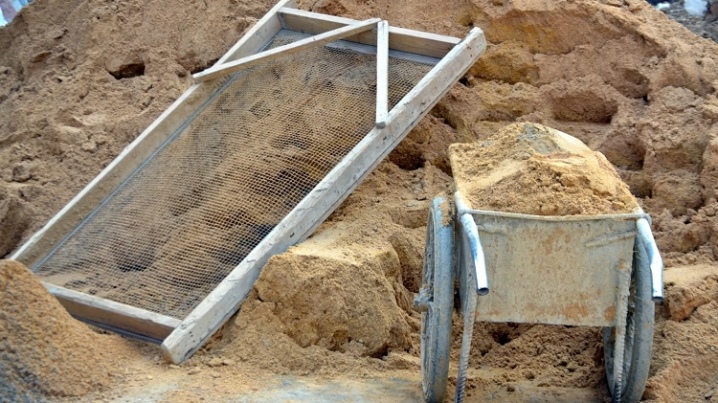
Building
The most consumed and practically irreplaceable type of sand, which does not have its own special classification, but means a group of any varieties of this bulk material suitable for use in construction. In trade, it is represented by several types. During construction, this sand has no equivalent analogues. It consists of rock particles with unrivaled properties. In construction, shell rock is also widely used - a porous material made of pressed shells and a natural mineral.
Description of the types of sand will be incomplete without information on visual indicators - fractions and color. A rather rare variety of the considered fossil is considered to be black sand. The reason for blackening lies in geological processes, when light components are washed out from dark hematites and other minerals.
Such an exotic fossil finds no industrial purpose. This is due to the low prevalence and rather high radioactivity.
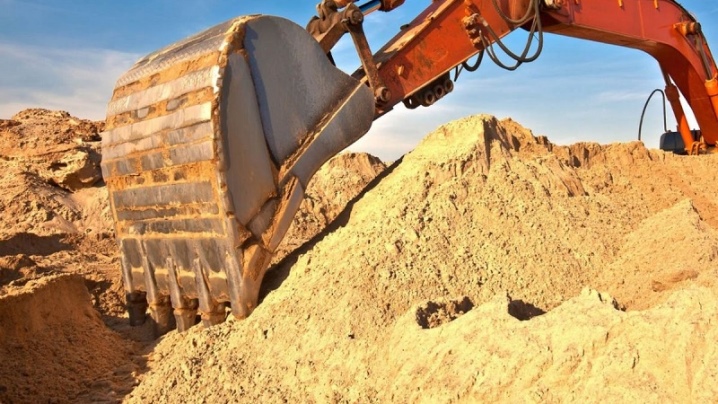
When studying the classification of sand, it is important to take into account the construction variety of bulk material, which has certain properties. Among them it should be noted:
- environmental friendliness;
- fluidity;
- combustion resistance;
- durability;
- lack of decay.
The material does not provoke allergic manifestations and does not affect the indoor microclimate. It has excellent fluidity, which contributes to good filling of voids. Interacting with fire, it does not emit toxic substances. It is a durable material with a permanent structure.Construction sand has round grains, therefore, in the production of mortars, a large volume of cement and constant stirring are required.
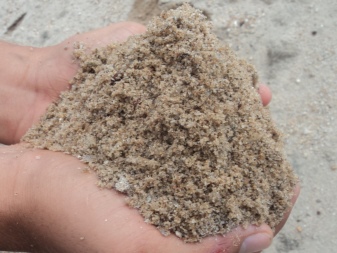
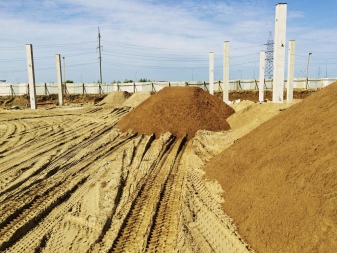
Grades and fractions
The grain size of the sand is distinguished by the following grain sizes:
- up to 0.5 mm - fine fraction;
- from 0.5 to 2 mm - middle fraction;
- from 2 to 5 mm - large.
It is not uncommon for construction sites and production to use sand screening. The size of the grains in it is about 5 mm. It is not a natural sedimentary rock, but a derivative that appears in the process of crushing stones in industrial quarries. Professionals call it "0-5 fraction rubble".
After the stones are crushed, sorting work is carried out at the quarry using specialized units, the so-called "screens". Large pieces of stone are sent to a conveyor belt along moving metal grates installed at an angle, while small pieces fall into open cells and are collected in heaps. Everything that appears in the cells of 5x5 mm is considered screening.
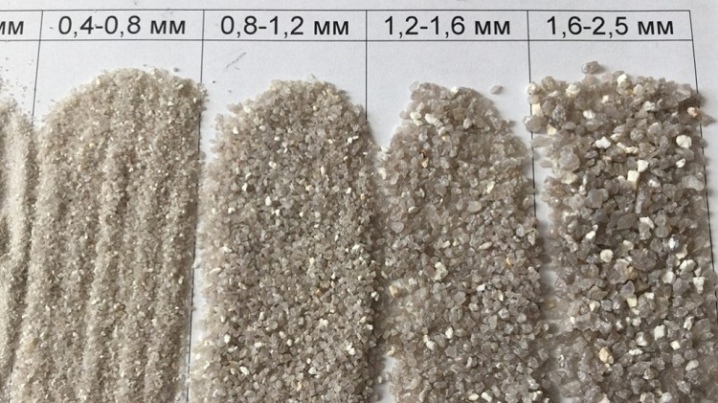
Natural sandy material is a loose mass of grains of 5 mm in size with a loose structure. They are formed when rocks are destroyed. When formed from streams in reservoirs, sand grains have a more rounded and rounded shape.
The brand is one of the important characteristics that determine the purpose of the sand:
- 800 - rocks of the igneous type are taken as the source material;
- 400 - sand from metamorphic raw materials;
- 300 - means a product of sedimentary rocks.
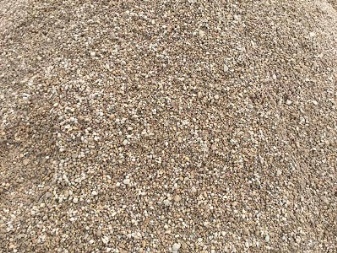
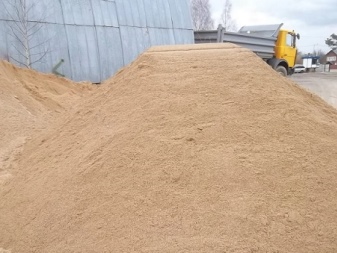
An important factor that determines the likelihood of using sand in specific construction or household tasks is the size of the grains, which is called the coarseness modulus.
- Dusty. Very fine sand with particles no more than 0.14 mm. There are 3 types of such abrasives, depending on the level of moisture: low-moisture, wet and water-saturated.
- Fine-grained. Means that the grain size is 1.5-2.0 mm.
- The average size. The grain is about 2.5 mm.
- Large. Granularity approximately 2.5-3.0 mm.
- Increased size. Sizes range from 3 to 3.5 mm.
- Very large. The grain size exceeds 3.5 mm.
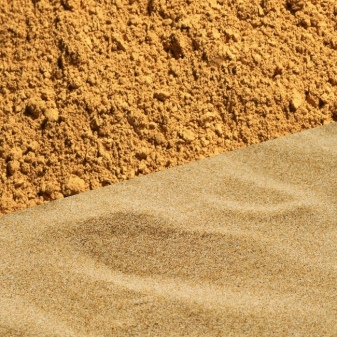

The filtration coefficient is taken into account, showing at what speed the water passes through the sand under the conditions established by GOST 25584. This characteristic is influenced by the porosity of the material. The design resistance also differs in type and brand. To determine it, you need to use special tables with calculations. Calculations must be made before starting construction work.
Materials of natural origin have a bulk density of about 1300-1500 kg / m3. This indicator increases with increasing humidity. The quality of the sand is determined, among other things, by the class of radioactivity and the proportion of additives (in percentage terms). In the smallest and moderately fine sandy masses, up to 5% of additives are allowed, and in other types - no more than 3%.

The weight
When considering different building compounds, it is necessary to know the weight of the components. Determine the value in the ratio of the weight of the bulk material to the occupied volume. The specific gravity depends on the origin of the material, the proportion of impurities, density, grain size and moisture.
Depending on the combination of all factors, fluctuations in the specific gravity of construction type sand are allowed in the range of 2.55-2.65 units. (medium density material). The bulk density of the sand is calculated by the amount of impurity clay and the degree of moisture. Humidity has a significant impact on most properties and quality indicators of building materials. Density excluding impurities is determined by the indicator 1300 kg / m3.
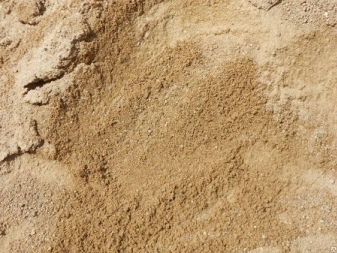
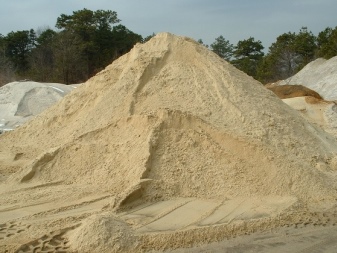
Bulk density is a measure of the total volume of the sand mass, including any impurities present. When determining this indicator, the moisture content of the material in question is also taken into account. 1 cubic meter contains approximately 1.5-1.8 kg of construction sand.
Specific gravity and volumetric gravity are never equal.
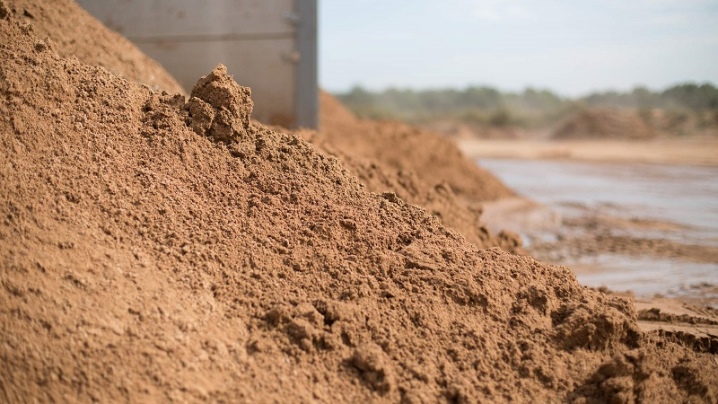
Applications
The main area of use for sand is construction and industrial sector. Besides, the material is widely used in everyday life, for example, to increase soil fertility. Not all gardeners know which specific species are best suited for the beds. Clay (quarry) sand extracted from the depths of sandstones is considered infertile. He weakly permeates water and practically does not "breathe". Some summer residents use standard construction sand for the garden, not realizing that this only worsens the quality of the soil.
River sand extracted from river beds will help to increase soil fertility on the site. It helps to retain moisture, planted cuttings quickly take root in it, roots grow safely, which are not damaged during transplantation. Soil mixtures based on river sand are considered the best options for seedlings and grown plants. A combination of 40% river sand with 60% high quality peat is considered optimal.

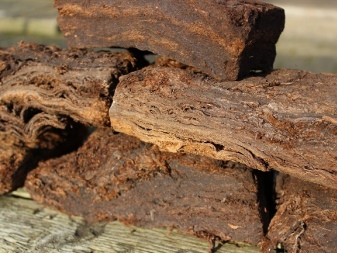
It is best to mix solutions from dry components with washed sand. It is also the most successful material for creating reinforced concrete building blocks. And in road construction, coarse-grained sand shows itself perfectly. Washed fine sand is often added to the finishing putty, decorative mixes and grouts. For self-mixing of mixtures under self-leveling floors, you need to buy high-quality fine-grained sand.
Sifted quartz sand is used for the base of the flexible stone mix. And screening is in demand in the production of asphalt concrete, as a component of building mortars, therefore it is widely used in landscape design in adjoining plots. It can be used for the manufacture of paving slabs and certain grades of concrete. But more often, ordinary sand is used for this purpose.
Among the screenings, granite is considered the most valuable and durable. Screening from porphyrite is less in demand.
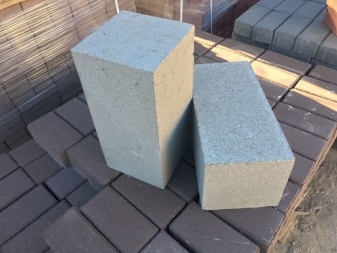
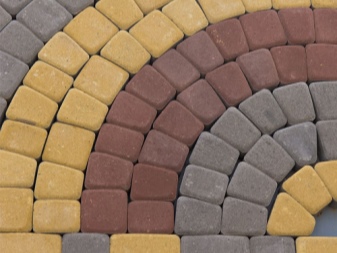
How to choose?
Non-professionals believe that the choice of sand does not depend on its target direction. This is an erroneous judgment, since for each specific job it is important to acquire free-flowing compositions of suitable chemical and physical qualities with certain characteristics.
For the preparation of concrete mixtures, the use of river sand will not be entirely successful. It quickly goes into the sediment, and because of this, constant stirring of the concrete is required. The foundation must be strong and reliable, therefore, the best suitable option for this type of work is to add medium-fraction flushing material to the solution. In this case, it will be possible to obtain a high-quality result at an affordable price. This same type of sand is the most suitable component for screeding.
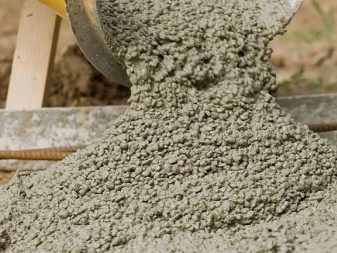
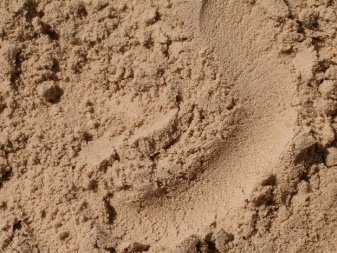
For masonry, it is advisable to opt for river sand, which has a grain size within 2.5 mm. This type or marine analogue is more often chosen for the plastering process. When creating sandblasting, it is advisable not to save on materials. Standard quarry sand is not a suitable option. Such an abrasive can permanently damage the product, as well as damage the device itself. Quartz is a common and acceptable sand for sandblasting.
The selection of the type of sand by grade and fraction must be carried out taking into account the type of work in which it will be used. Then everything conceived will turn out with the highest quality result and meet all expectations.
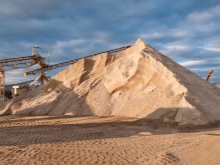
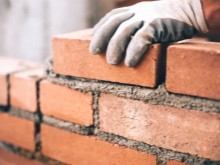
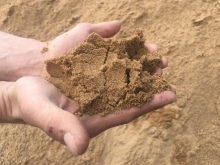
For information on how to choose the right sand for foundations and filling sites, see the next video.













The comment was sent successfully.